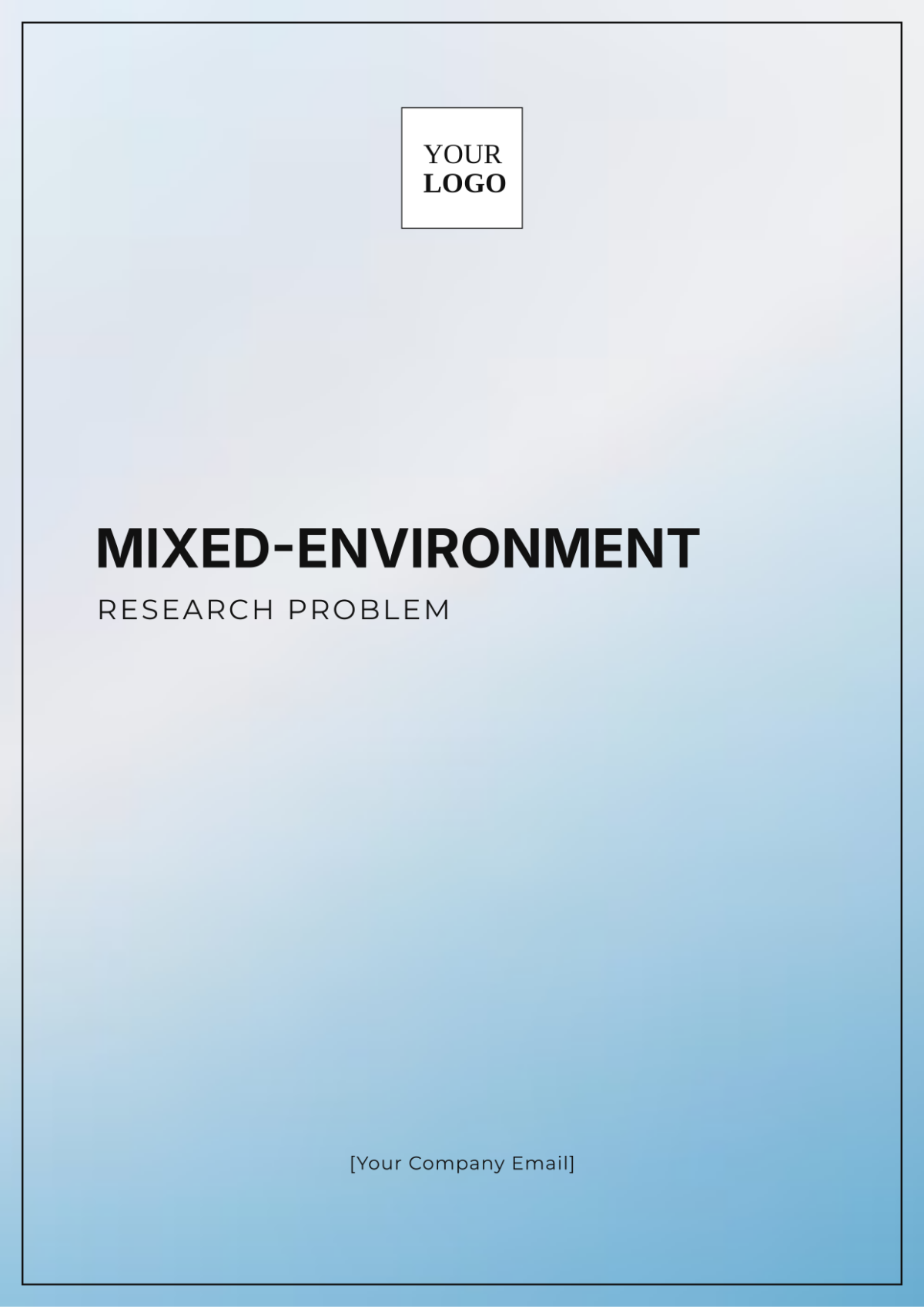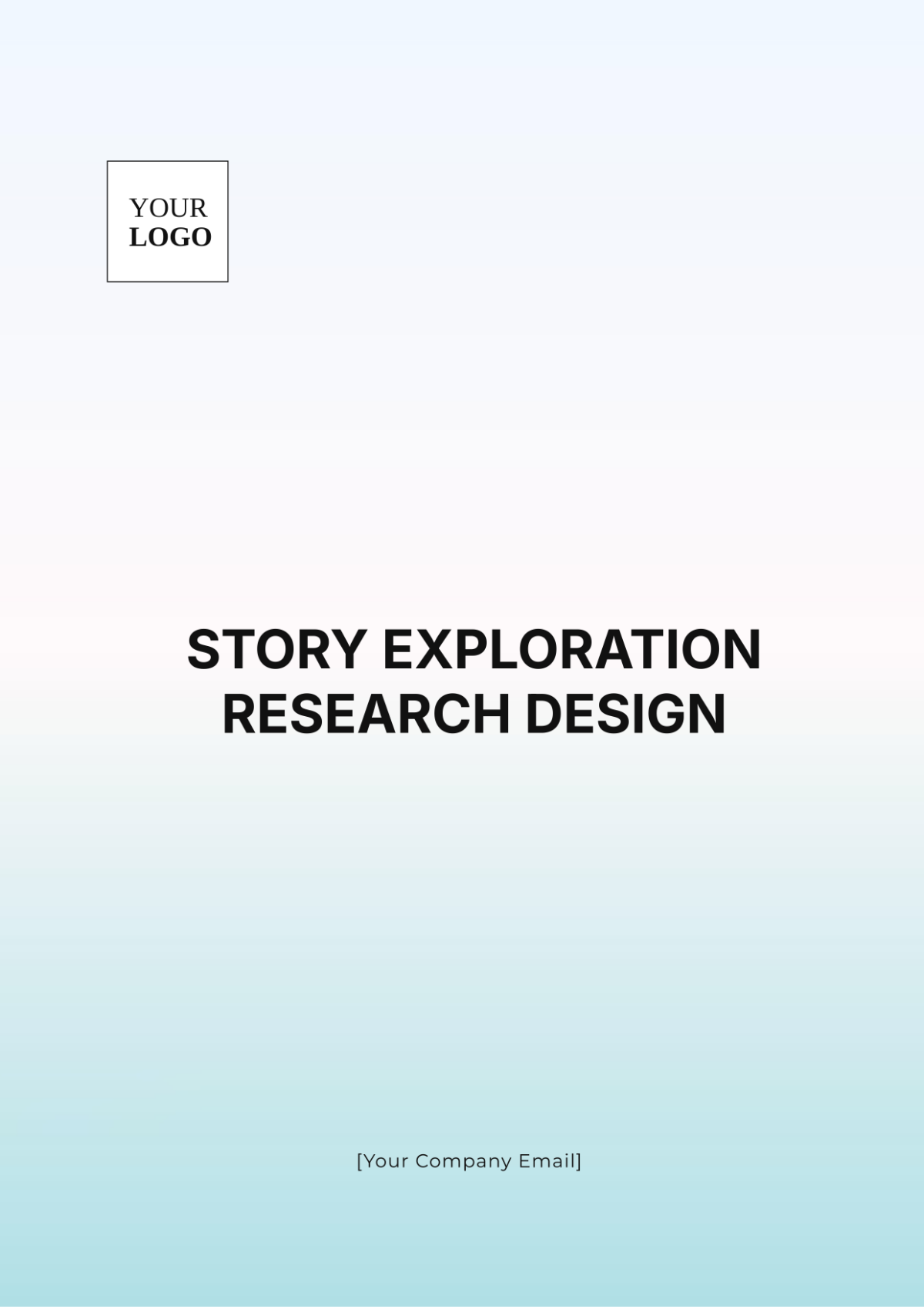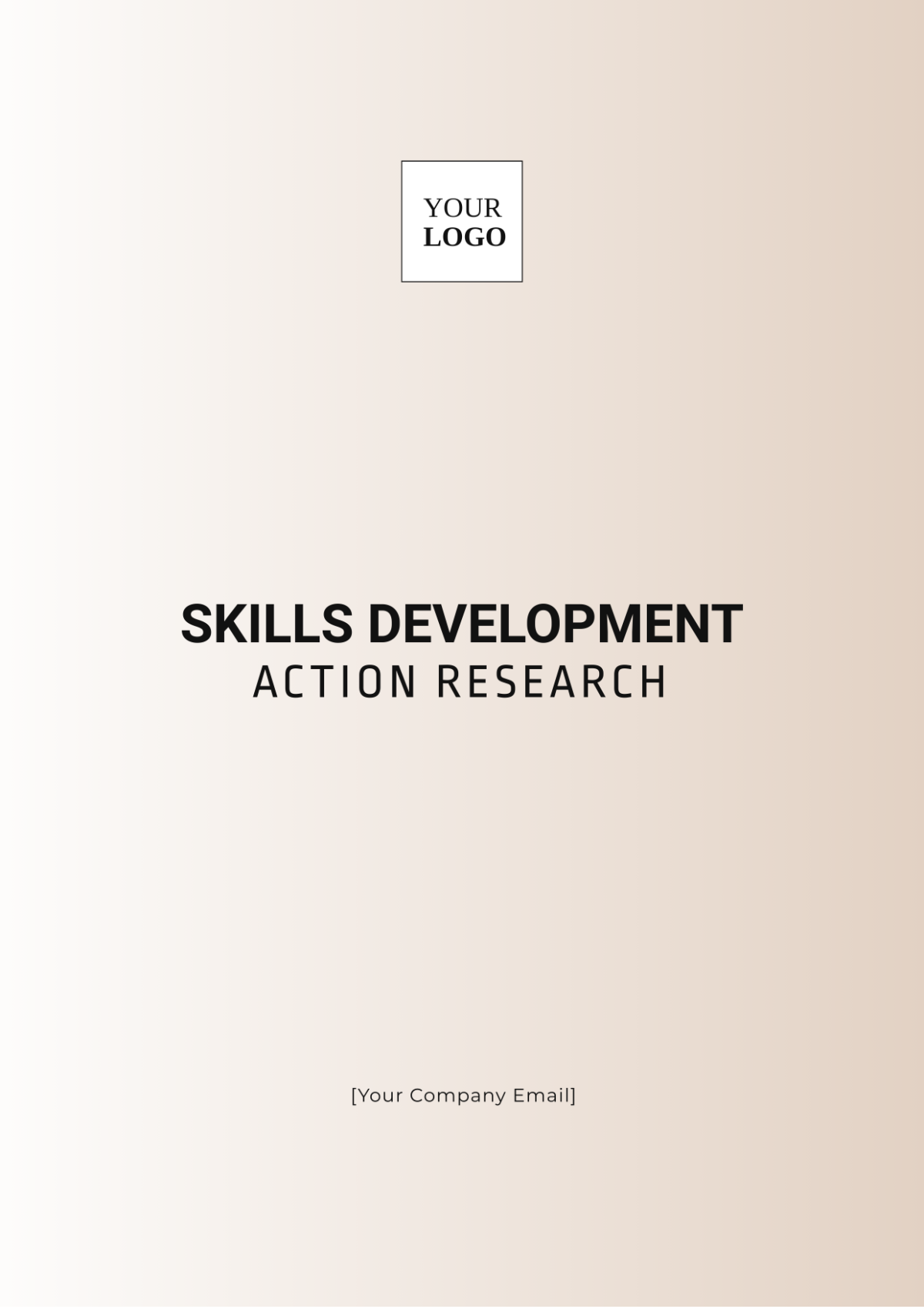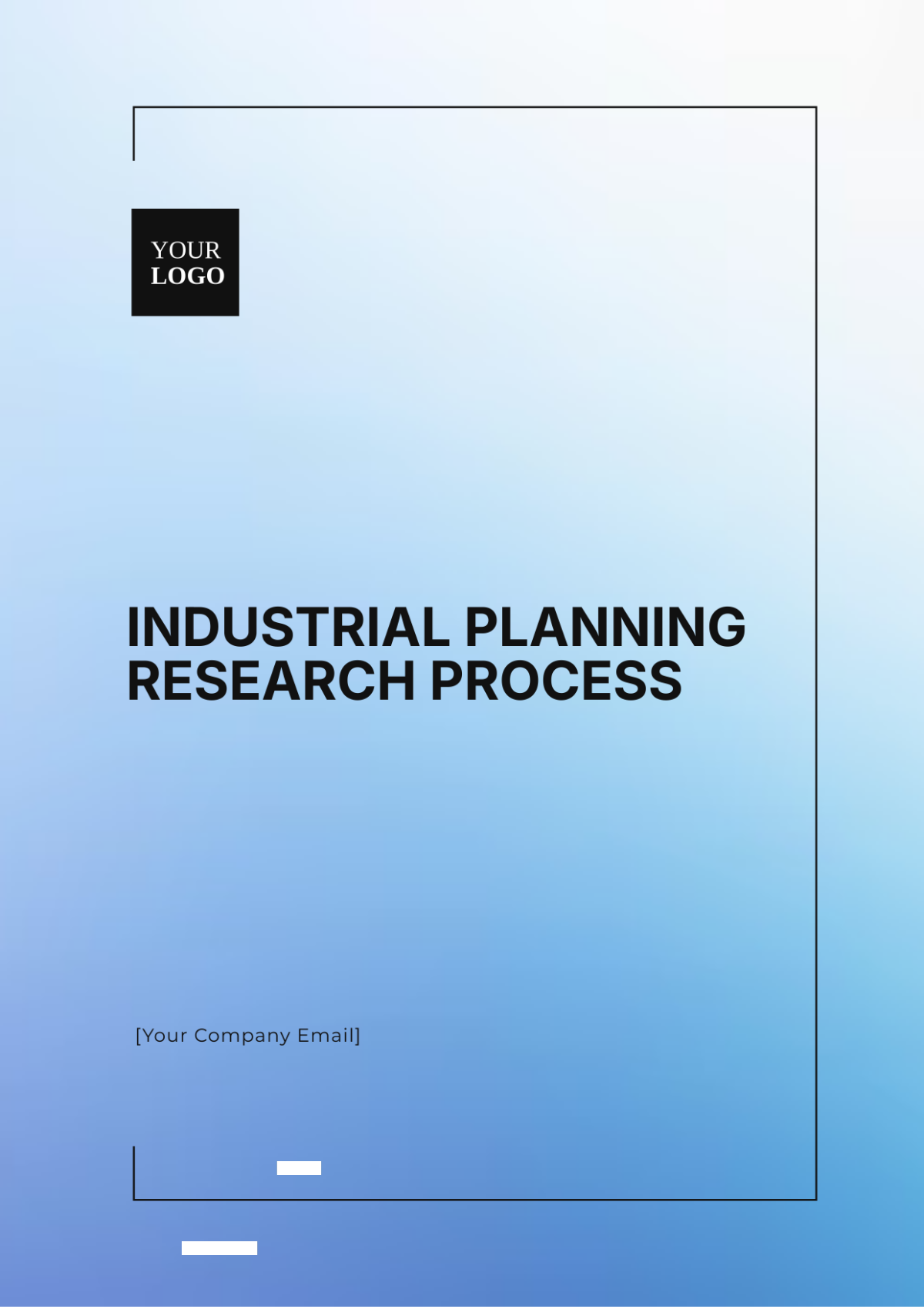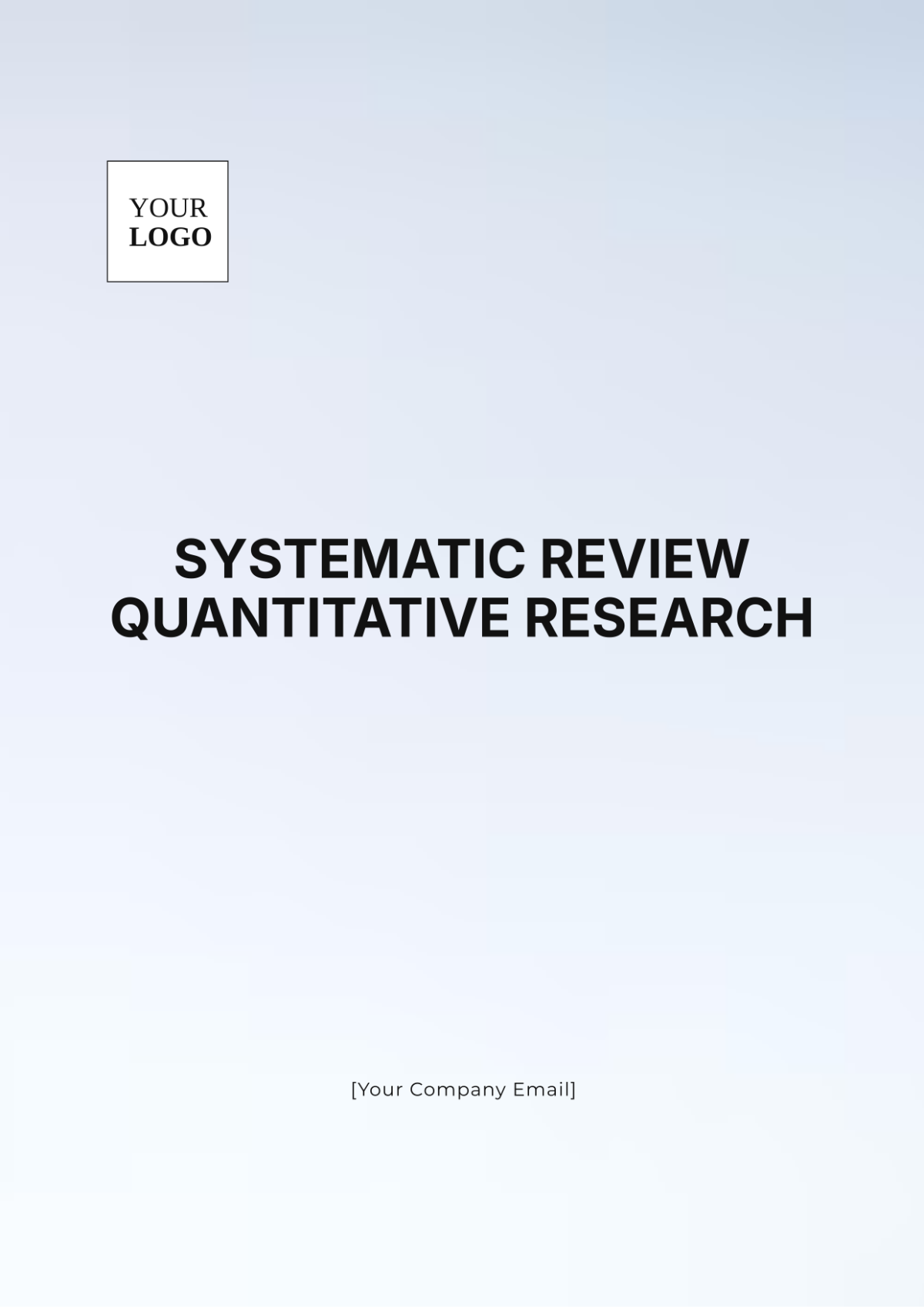Explanatory Research in High-Risk Industries
Prepared by: [Your Name]
Date: [Date]
1. Introduction
High-risk industries such as aerospace, oil and gas, and chemical manufacturing face significant challenges due to their complex and potentially hazardous operations. This explanatory research aims to uncover the root causes of incidents and failures within these sectors, providing a detailed understanding of the underlying factors that contribute to such events. The primary objective is to enhance safety protocols and risk management practices by offering actionable insights into failure mechanisms.
2. Literature Review
Research highlights the complex factors contributing to incidents in high-risk industries. Smith (2051) underscores the impact of human error in aerospace, emphasizing training and communication issues. Lee and Brown (2052) discuss technological failures in chemical processing, noting equipment and software malfunctions. Patel (2053) examines how extreme environmental conditions affect safety systems in oil rigs. Together, these studies stress the need for a comprehensive approach that addresses human, technological, and environmental factors.
3. Methodology
This research utilizes a mixed-methods approach, combining quantitative and qualitative techniques to investigate incidents in high-risk industries. The methodology includes:
Data Collection: Analysis of incident reports, safety audits, and accident databases from 2050 to 2053.
Interviews: Conducting interviews with safety engineers, industry experts, and affected personnel to gather firsthand accounts.
Case Studies: Detailed examination of specific incidents across aerospace, oil and gas, and chemical manufacturing sectors.
Data analysis methods include statistical analysis for quantitative data and thematic analysis for qualitative insights.
4. Findings
The research identified several key factors contributing to incidents in high-risk industries:
Human Error: Errors in judgment and decision-making were found to be a significant contributor, often exacerbated by inadequate training and communication failures.
System Failures: Technological malfunctions, including software glitches and equipment breakdowns, played a critical role in many incidents.
Environmental Conditions: Adverse environmental conditions, such as extreme temperatures and corrosive environments, were found to impact the reliability of safety systems.
These findings highlight the need for improved training programs, enhanced system reliability, and better environmental controls.
5. Discussion
The results of this research provide valuable insights into the complexities of managing risks in high-risk industries. The interaction between human factors, technological systems, and environmental conditions reveals the multifaceted nature of safety challenges. Recommendations include:
Enhanced Training: Developing more robust training programs to address human error.
System Upgrades: Investing in advanced technologies and regular maintenance to reduce system failures.
Environmental Controls: Implementing better safeguards against environmental impacts.
These measures aim to mitigate the identified risk factors and improve overall safety performance.
6. Implications for Future Research
The findings of this study suggest several avenues for future research:
Longitudinal Studies: Conducting long-term studies to track the effectiveness of implemented safety measures and to identify emerging risks.
Technological Advancements: Investigating the impact of new technologies on risk management and incident prevention.
Cross-Industry Comparisons: Comparing safety practices and failure mechanisms across different high-risk industries to identify best practices and common challenges.
Exploring these areas will further enhance the understanding of risk factors and improve safety protocols in high-risk industries.
7. Conclusion
This research underscores the importance of a comprehensive approach to risk management in high-risk industries. By understanding the root causes of incidents and failures, industry stakeholders can implement more effective safety measures and regulations. Continued research and proactive measures are essential for reducing risk and ensuring the safety of operations.
8. References
Smith, J. (2051). "Human Error and Safety Systems in Aerospace Engineering." Journal of Safety Engineering, 45(2), 123-145.
Lee, M., & Brown, A. (2052). "Technological Failures in Chemical Processing: A Comprehensive Review." Industrial Safety Review, 38(4), 221-239.
Patel, R. (2053). "Environmental Factors and Their Impact on Oil Rig Safety." Energy and Risk Management, 29(1), 89-102.








